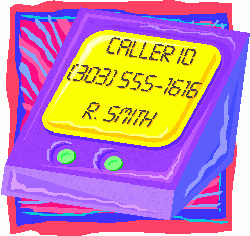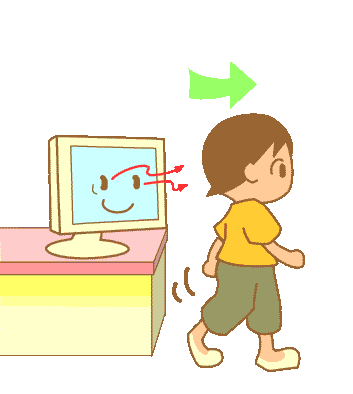Newbie’s Guide to Asterisk@Home 2.2: Unabridged Soup-to-Nuts Installation Guide
Here’s the definitive step-by-step guide to quickly installing the latest and greatest version of Asterisk@Home: version 2.2 which includes the CentOS 4.2 version of Linux and Asterisk 1.2.1. In addition, you’ll get an Apache web server, SendMail and Comedian mail servers, MySQL, PHP, phpMyAdmin, SugarCRM, and much more. The whole project will take you about 90 minutes to complete, and it’s free of charge.








 JUST RELEASED: Visit the Incredible PBX Wiki
JUST RELEASED: Visit the Incredible PBX Wiki
